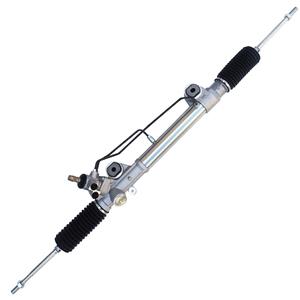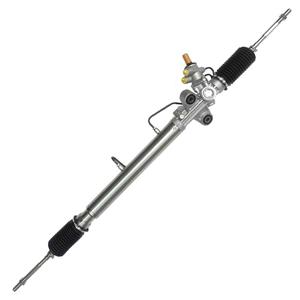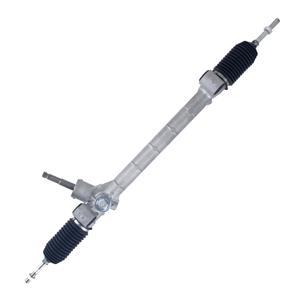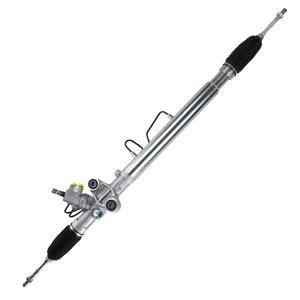-
The hydraulic power steering system (HPS) is mainly composed of a power steering pump, hydraulic pipelines, steering rack, and steering cylinder. The core idea is to generate hydraulic oil pressure through a hydraulic pump and transmit this pressure to the hydraulic cylinder in the steering rack to provide steering assistance.
-
2012-2024
Is the hydraulic power steering rack of a B-class car more expensive than that of an A-class car?
From the perspective of manufacturing cost, the hydraulic power steering rack of a B-class car may indeed be more expensive than that of an A-class car, mainly because of its complex design, better materials, and more sophisticated manufacturing process.
-
A faulty hydraulic power steering rack may make noises such as: 1. Whining Noise 2. Clunking or Knocking Noise 3. Squealing or Screeching Noise 4. Hissing Noise 5. Grinding Noise
-
From Toyota and Ford to BMW and Mercedes-Benz, these brands still choose hydraulic steering systems on some models because of their excellent reliability, excellent driving feedback and low manufacturing and maintenance costs.
-
The driver needs to exert more force when steering, which is especially dangerous for inexperienced drivers. In an emergency, the lack of steering power may cause the vehicle to fail to avoid obstacles in time or make correct steering operations, causing accidents.
-
In general, the service life of the hydraulic power steering rack is between 120,000 and 150,000 kilometers. However, this value is not absolute, because different use conditions will have different effects on its life.
-
New energy vehicles, especially pure electric vehicles, usually choose electric power steering systems when designing their power steering systems. The main reasons are as follows: Energy matching of electric power steering systems Efficient energy use Simple structure and high reliability
-
Hydraulic power steering rack (HPS Rack) is the most common type of steering system in traditional fuel vehicles. Its core is to provide steering assistance through hydraulic pressure. This rack usually works with a hydraulic pump, oil pipe, valve and hydraulic oil tank.
-
In hydraulic steering racks, the modulus of the rack and pinion is usually selected within a certain range to balance accuracy, strength and manufacturing cost. Generally speaking, rack and pinion with a modulus between 2 and 4 mm are more common.




